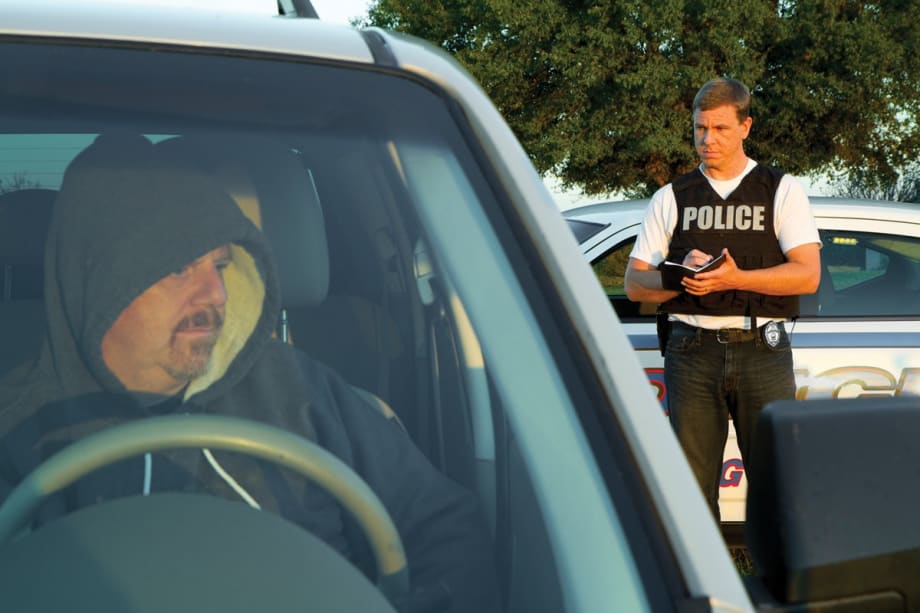TKWYABYDKWTA
The phrase is, “They know who you are but you don’t know who they are,” or TKWYABYDKWTA. That’s not hard to believe. No one would argue the logic.
Let’s break this phrase down. Obviously, they know who you are. You are in uniform, have a blue or red light, a badge, and a police car of sorts or identify yourself as a police officer. OK, we agree.
But you don’t know who they are. Well, that is a given fact. How would you know who they are? Someone asked me if I was scared whenever a radio call was broadcast involving some serious crime and the suspect vehicle was in front of me or that I spotted the vehicle almost immediately. My answer was “No, locating that vehicle was a bit of a dream come true.” I went on to explain that spotting the suspect vehicle gives an officer many options. That same officer has limited if any options if he or she has stopped that vehicle for a traffic violation before the radio broadcast comes out.
When an officer begins to stop a vehicle they normally—or at least 99% of the time—have no idea who the driver or occupants are. The officer may recognize the vehicle, the driver, or an occupant from another violator contact, but that stop should have little or no bearing on the current stop unless the previous stop went badly. That officer can never be closer to death than that very moment if the intentions of the driver or occupants are to kill the officer if they believe the officer may discover their identity and arrest them.












